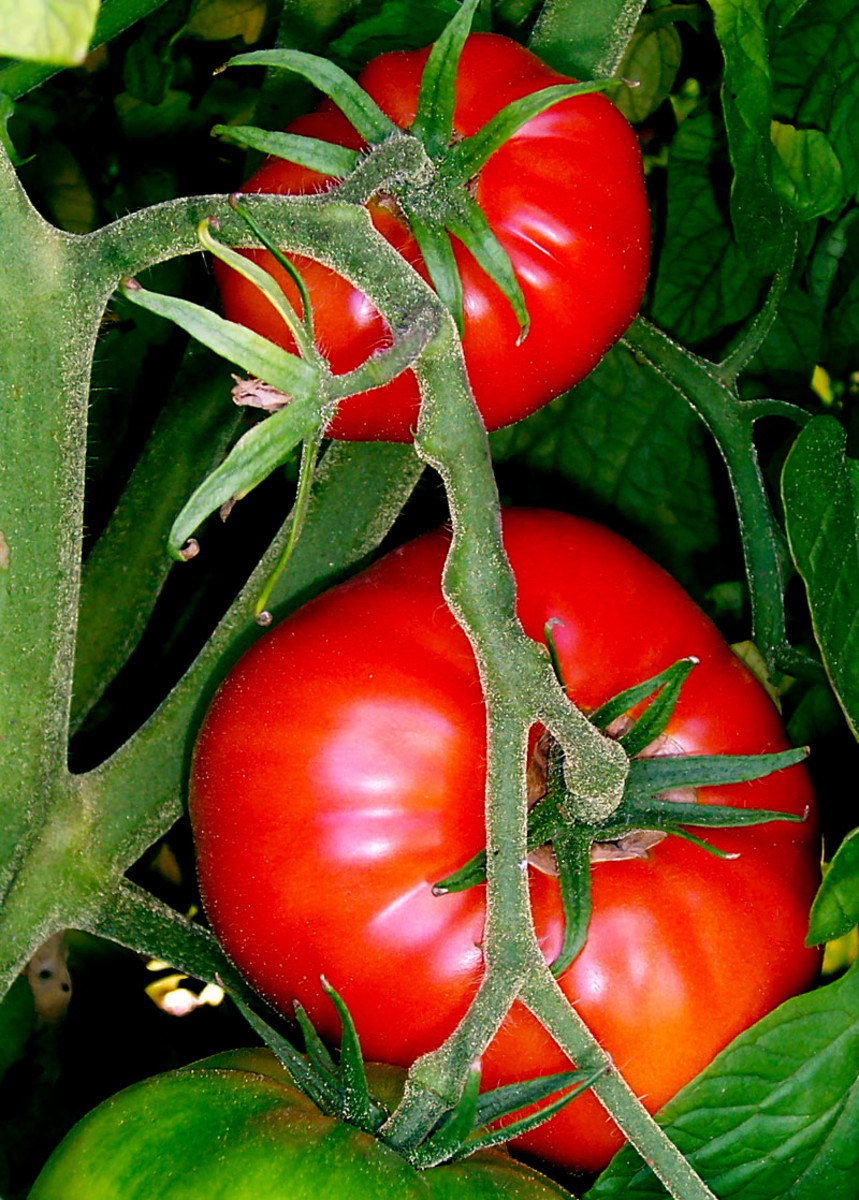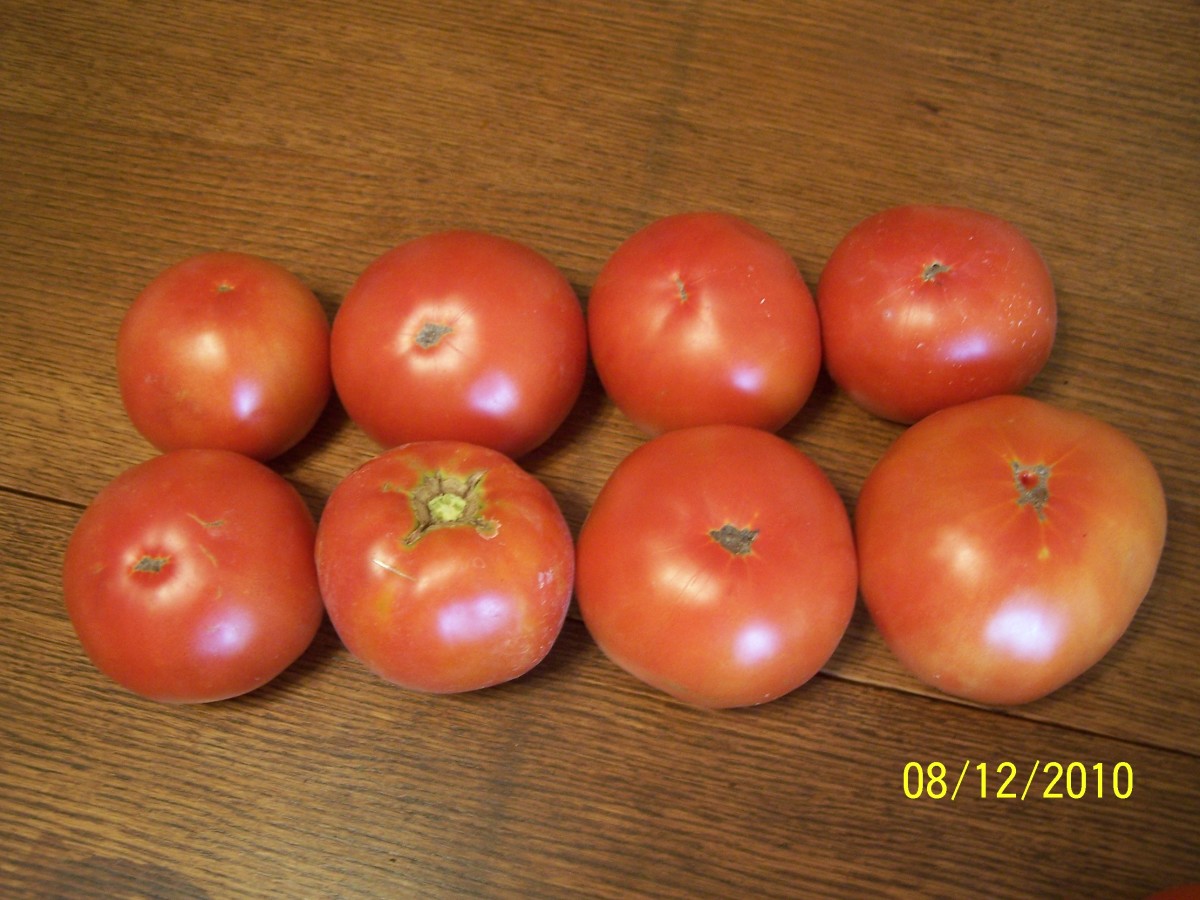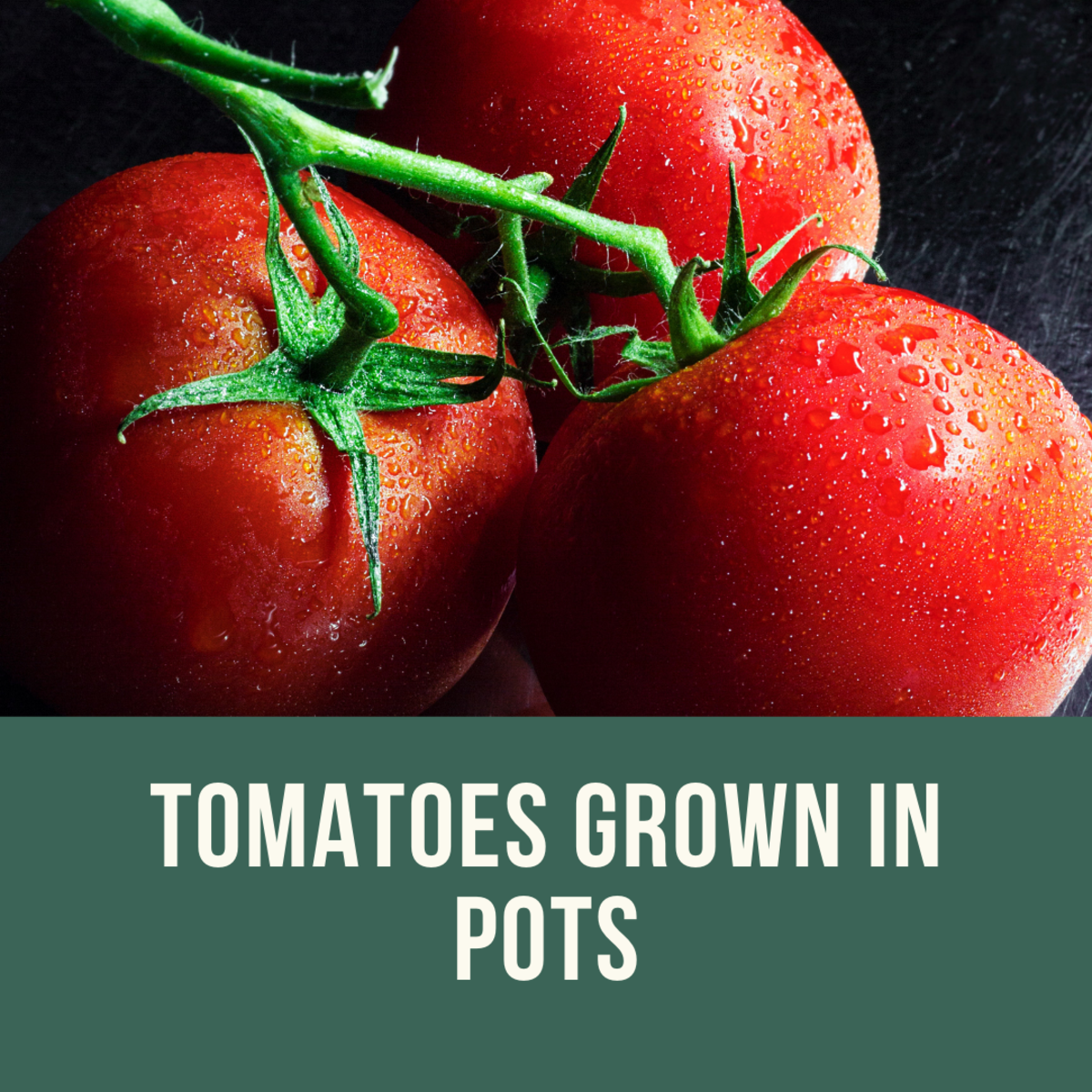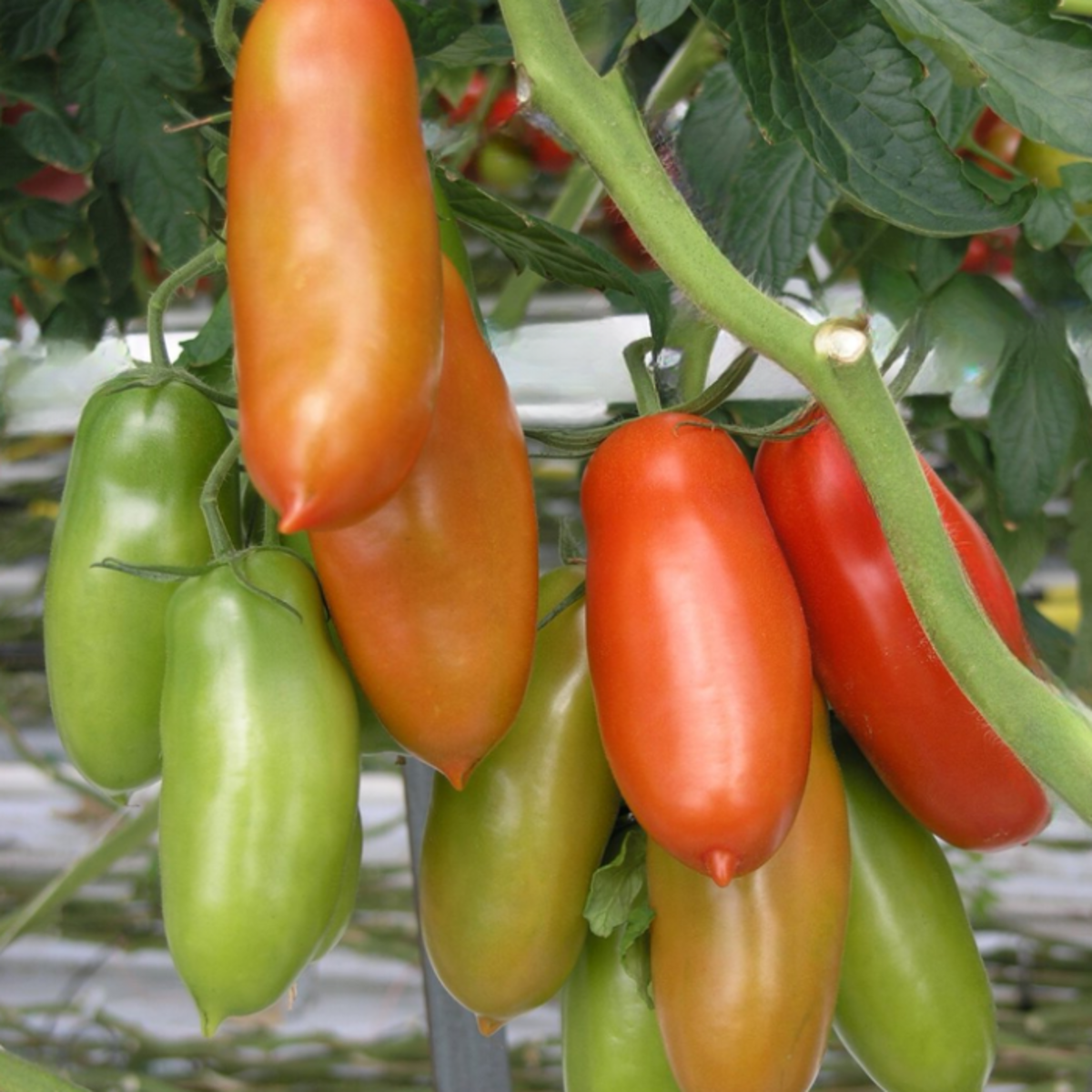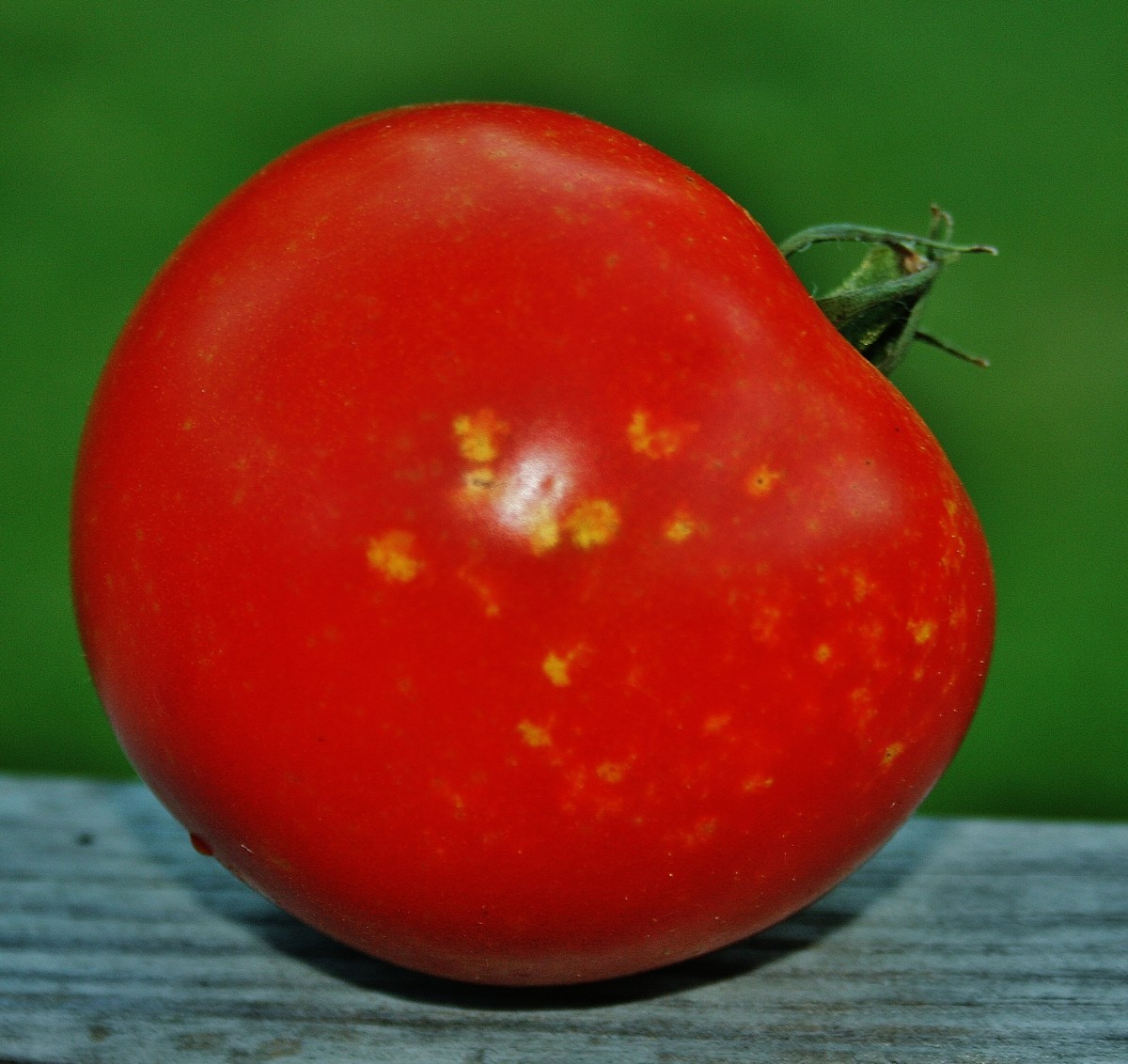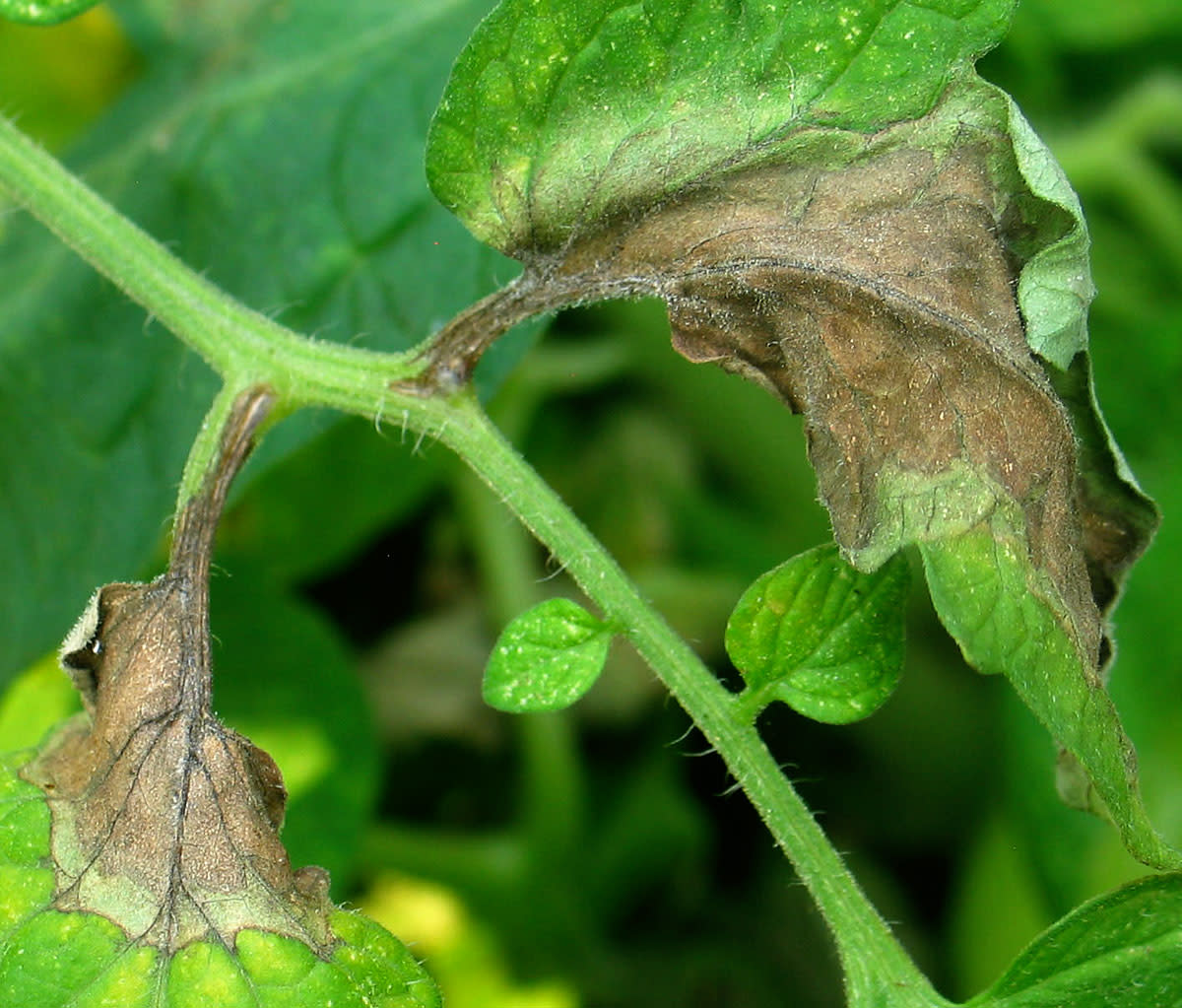- HubPages»
- Home and Garden»
- Gardening»
- Planting Vegetables
Tips on How to Grow Tomatoes
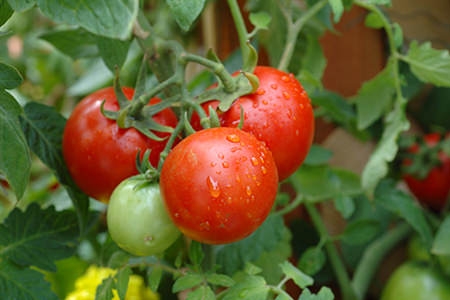
You can eat them in a salad, make a sauce, put them on a pizza or make a soup. There are multiple ways to use tomatoes in the kitchen. The healthiest way to eat them, however, is raw. Tomatoes contain many secondary plant compounds as well as minerals, especially potassium, which has a positive effect on the blood pressure regulation and is important for nerves and muscles. If you want to make sure you are eating GM free, organic tomatoes and you don’t trust the labels in the supermarket, then you should grow them yourself. You don’t even need a garden. Tomatoes will even grow on your balcony. Make sure you read the following tips before you plant your own tomatoes.
What You Should Know Before You Start
It is not easy to grow tomatoes and before considering to grow them, you should do some research about the conditions they flourish in and what you need to do to enhance their growth. Tomatoes should be planted in a sunny place and they should be protected from wind and rain. If the tomatoes get wet, ideal conditions are given for the development of blight and brown rot. Brown rot is caused by a fungus that flourishes in moist and warm climates. If a plant has been attacked, you will see black and brown spots on the leaves as well as on the fruits. You can only throw these fruits away. In order to protect the tomatoes against rain, you should cover them with a tarpaulin when the weather is humid. Tomatoes are also protected on a roofed balcony. However, when growing tomatoes on a balcony, make sure to plant them in a large flower pot.
It is important to pinch out the tomato side shoots. Make sure to only remove the smallest side shoots as removing bigger side shots can lead to scars on the plant and this can be an entrance for diseases. Removing side shoots will make the plant focus on the main stems. Otherwise, you will have many small fruits but they won’t ripen. Tomatoes prefer loose soil and the soil should never dry out completely. Thus, it is recommendable to water the plants regularly but not to keep the soil wet or soggy.
How to Grow Tomatoes in a Pot
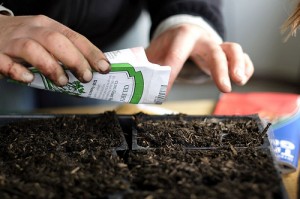
1) Growing Tomato Seeds
Experienced gardeners are able to grow their tomatoes from seed. In this case, the seeds should be planted 6-8 weeks before the last expected spring frost date. This varies from place to place. The average last frost date in Phoenix, Arizona is February 9th while in Dearborn, Michigan it is May 17th. The containers in which you plant the seeds should be put in a warm place with a temperature of 75-80°F. When you see the stems emerging abov the soil, make sure to provide a strong light source such as fluorescent bulbs or a window where they get a lot of sun.
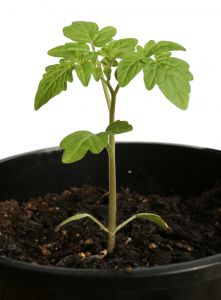
2) Placing the Tomato Plants in Individual Containers
On Day 30, after the first true tomato leaves have grown, the seedlings need to be placed in large individual containers as the roots need a lot of space to grow. The individual containers should be at least 3-4 inches in diameter and be filled with good and well moistened potting mix. The seedlings can be transplanted outdoors 2 weeks after the last expected spring frost date to avoid the risks of ground frost. Put them outside for a few hours to get them used to the sun. After one week you can leave them outside for good.
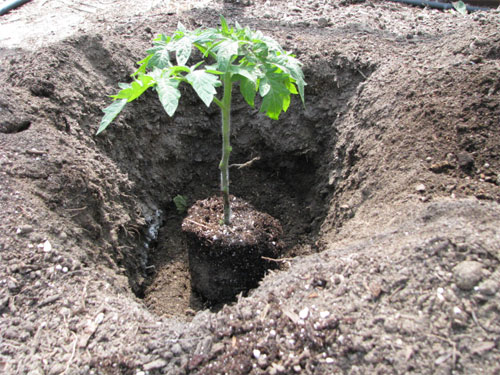
3) Planting the seedlings
Plant the seedlings deeper than they come in the container or pot you used. Tomatoes can develop roots along their stems. They need a lot of room to grow and should be planted 18-36 inches (45-90cm) apart. This increases their sugar level and enhances the taste of the tomatoes. The plants should not be watered too much but require a nutrient-rich soil.
Mulch to Retain Moisture
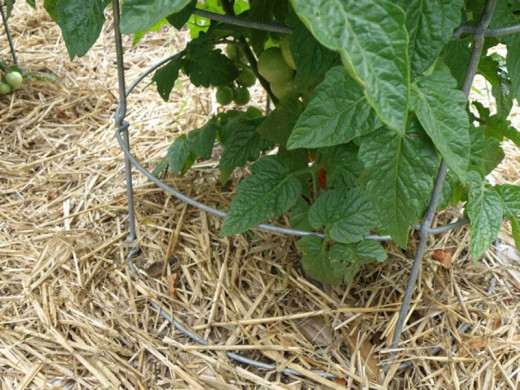
4) Using Mulch
Try using mulch after the soil has warmed up about one week after transplating the seedlings. It helps to conserve water prevents diseases from going up the plant. You can use bark, compost, grass clippings, newspaper, shredded leaves and straw as mulch. The mulch should be placed around the stem. It should be an inch (2.5cm) thick and the circle should be 12 inches (30com) in diameter.
How to Pinch Out Tomato Side Shoots
Eco-friendly Bamboo Tomato Cages
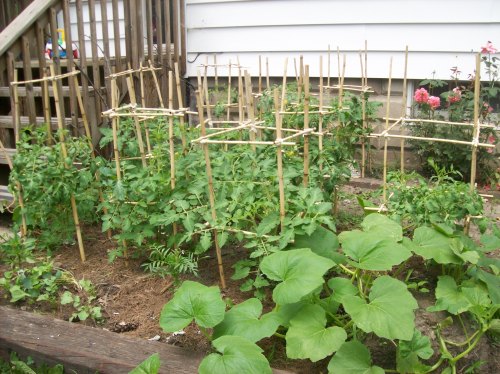
5) Using a Tomato Cage or a Tall Stake
14 days after transplanting, you should use a tomato cage or a tall stake to support the tomato plant. During the growth of the tomato plant, the smallest side shoots should be removed as they take away the plant’s energy.
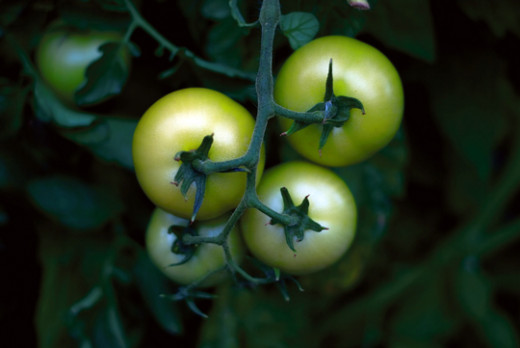
6) The First Tomatoes Appear
45-90 days after transplanting you will see small green fruits. Once you can see the fruit ripen, you should water the plants less which makes the plant concentrate its sugars. Be careful because once the tomatoes have fully ripened, birds, possums racoons and even some dogs might serve themselves in your vegetable patch. Once way to prevent this is to pick fruits earlier and leave them to ripen indoors at a sunny window. Please note, however, that if left to ripen on the vine, the tomatoes will taste sweeter.

